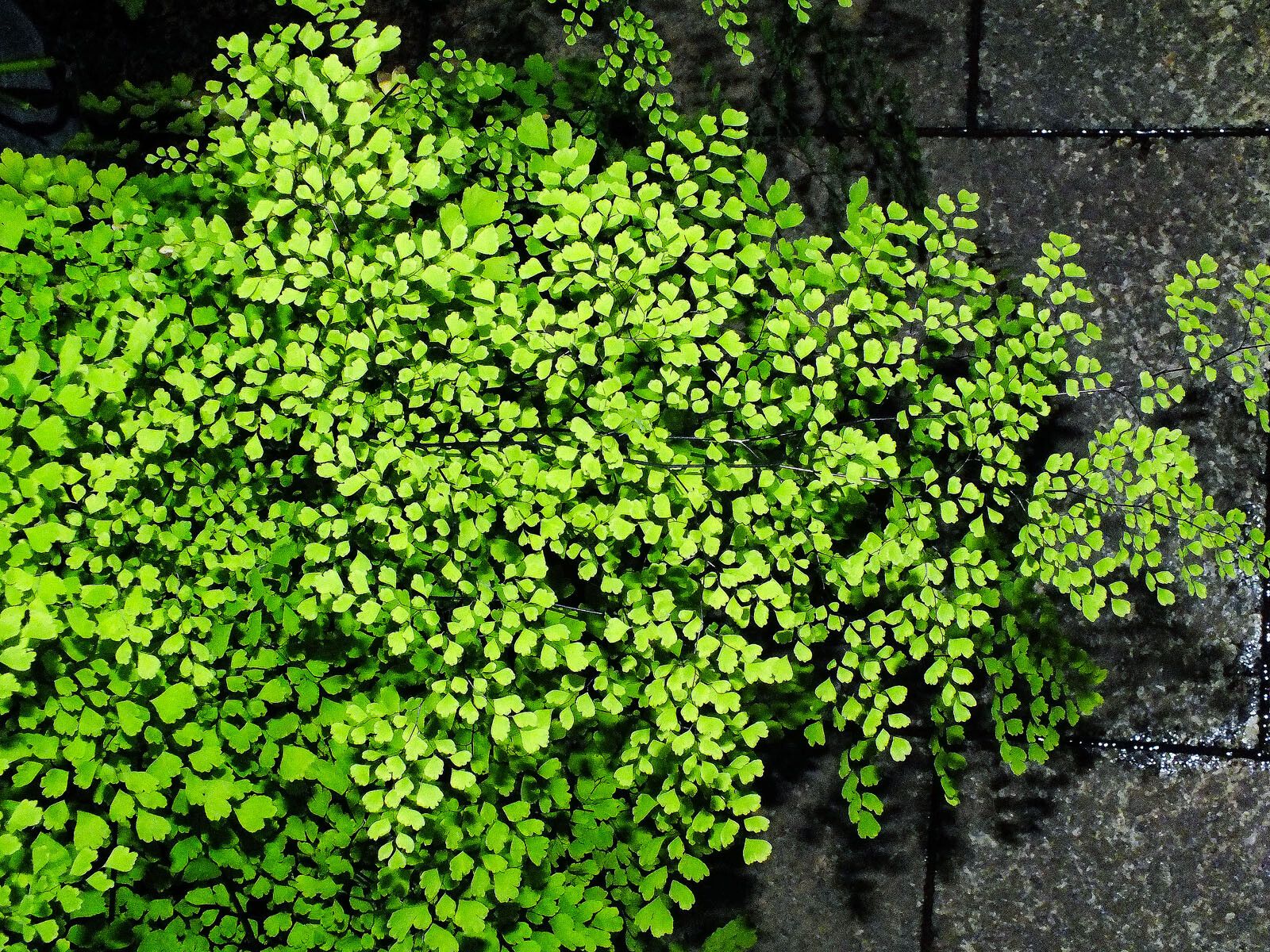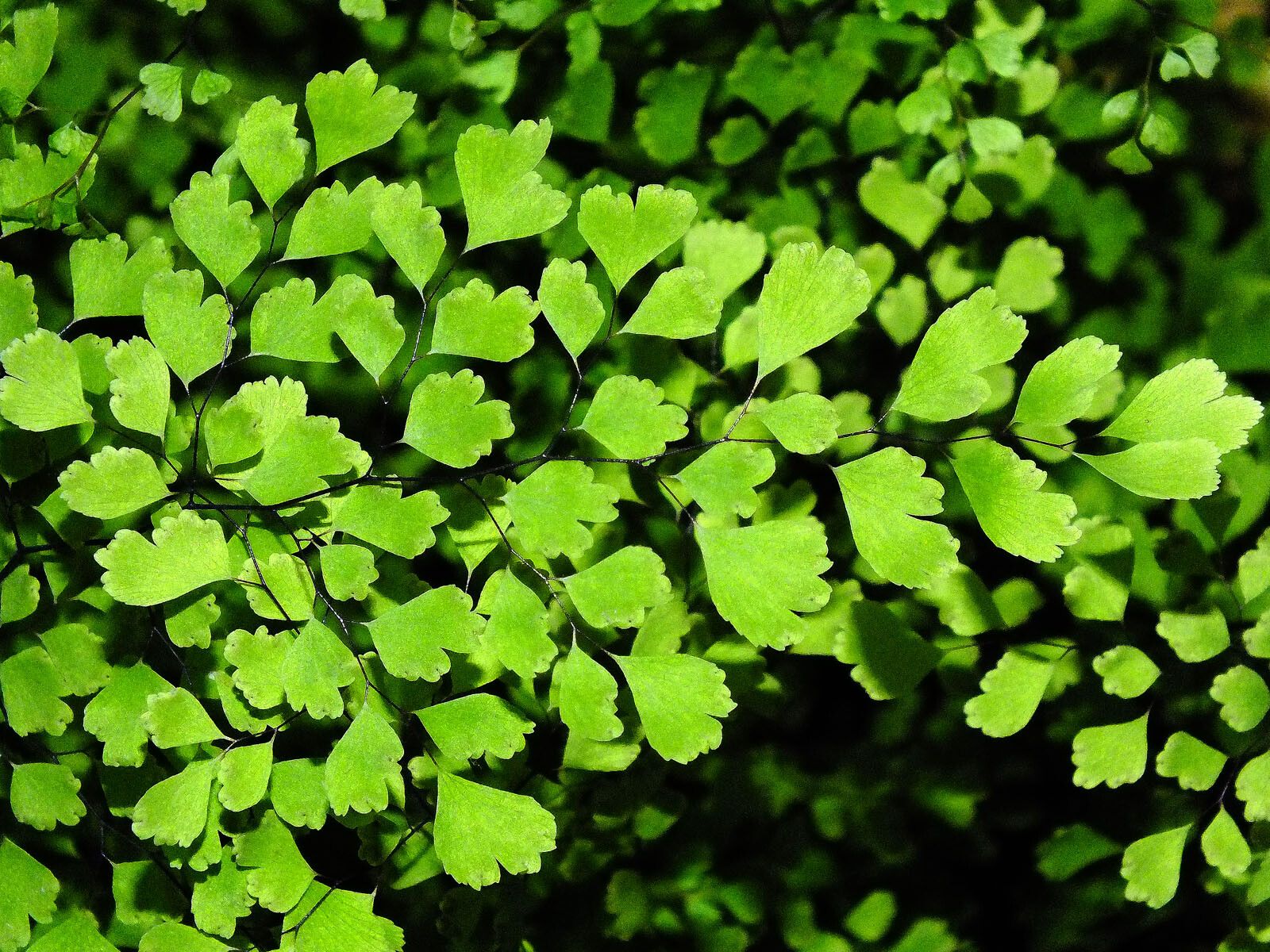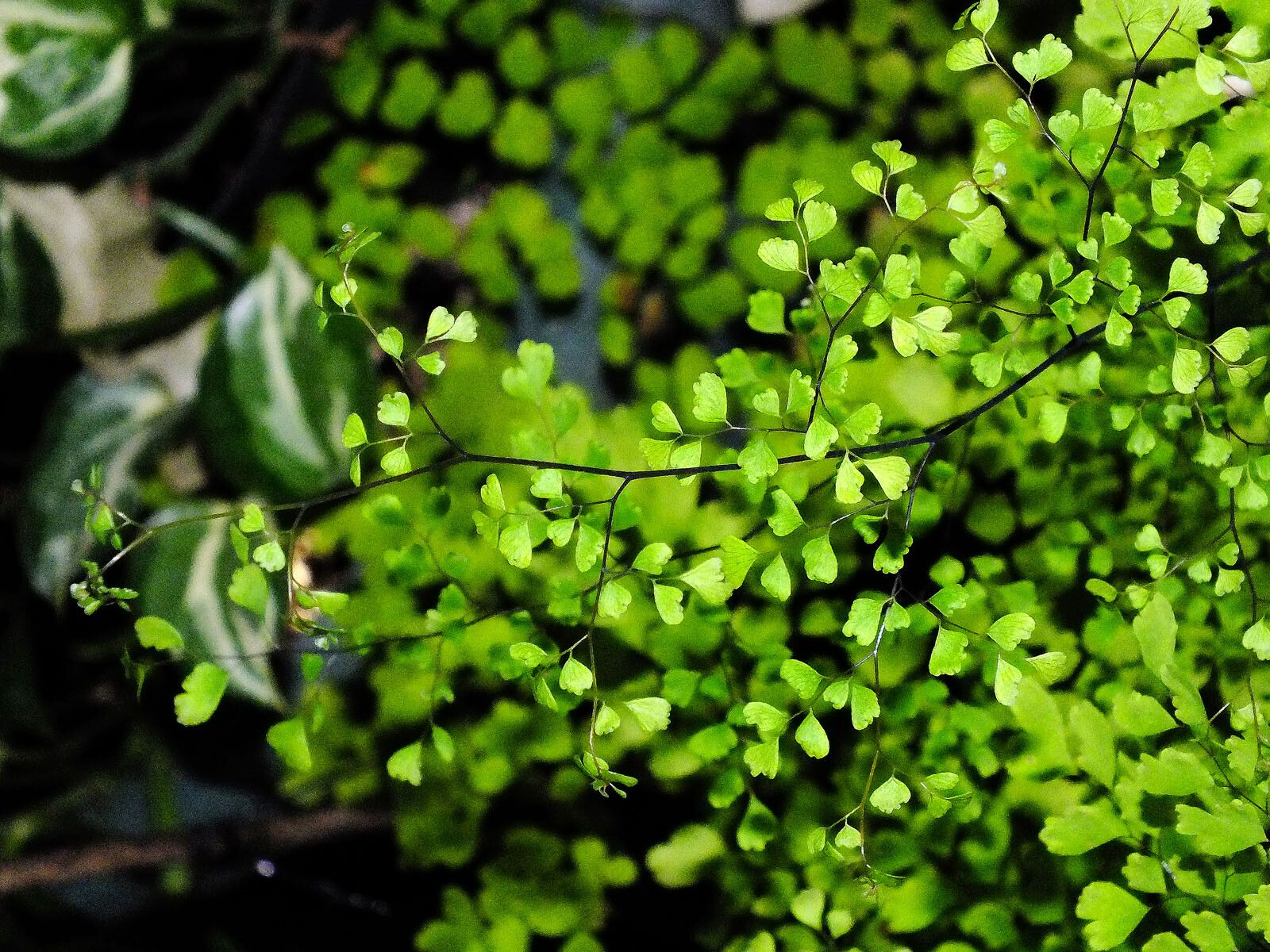HavaintoAdiantum capillus-veneris L.havainnoinutA Andrzej KonstantynowiczAndrzej Konstantynowicz4. elokuuta 2023
Andrzej KonstantynowiczAndrzej Konstantynowicz4. elokuuta 2023
havainnoinut Andrzej KonstantynowiczAndrzej Konstantynowicz
Andrzej KonstantynowiczAndrzej Konstantynowicz
A
4. elokuuta 2023
Määritys
Ehdotettu määritys
Ehdota toista määritystä
Et ole samaa mieltä ehdotetusta lajista, mutta sinulla ei ole muuta ehdotusta
Kommentit
Lisätiedot
Luontipäivämäärä
5. elo 2023
Viimeksi tarkistettu
9. loka 2023
Łódź, Palmiarnia greenhouse
It is native to the southern half of the United States from California to the Atlantic coast, through Mexico and Central America, to South America; it is also native to Eurasia, the Levant in Western Asia, and Australasia.
Ornamental plant.
Pot plant.
Edible plant - the fronds are used as a garnish on sweet dishes; the dried fronds are used to make a tea; a syrup is made from the plant giving a refreshing summer drink.
Herbal plant - the fresh or dried leafy fronds are antidandruff, antitussive, astringent, demulcent, depurative, emetic, weakly emmenagogue, emollient, weakly expectorant, febrifuge, galactagogue, laxative, pectoral, refrigerant, stimulant, sudorific and tonic; a tea or syrup is used in the treatment of coughs, throat afflictions and bronchitis; it is also used as a detoxicant in alcoholism and to expel worms from the body; externally, it is used as a poultice on snake bites, bee stings; in Nepal, a paste made from the fronds is applied to the forehead to relieve headaches and to the chest to relieve chest pains.
Useful plant - the leaves are used as a hair tonic and to make a shampoo that is used as a treatment for dandruff.





